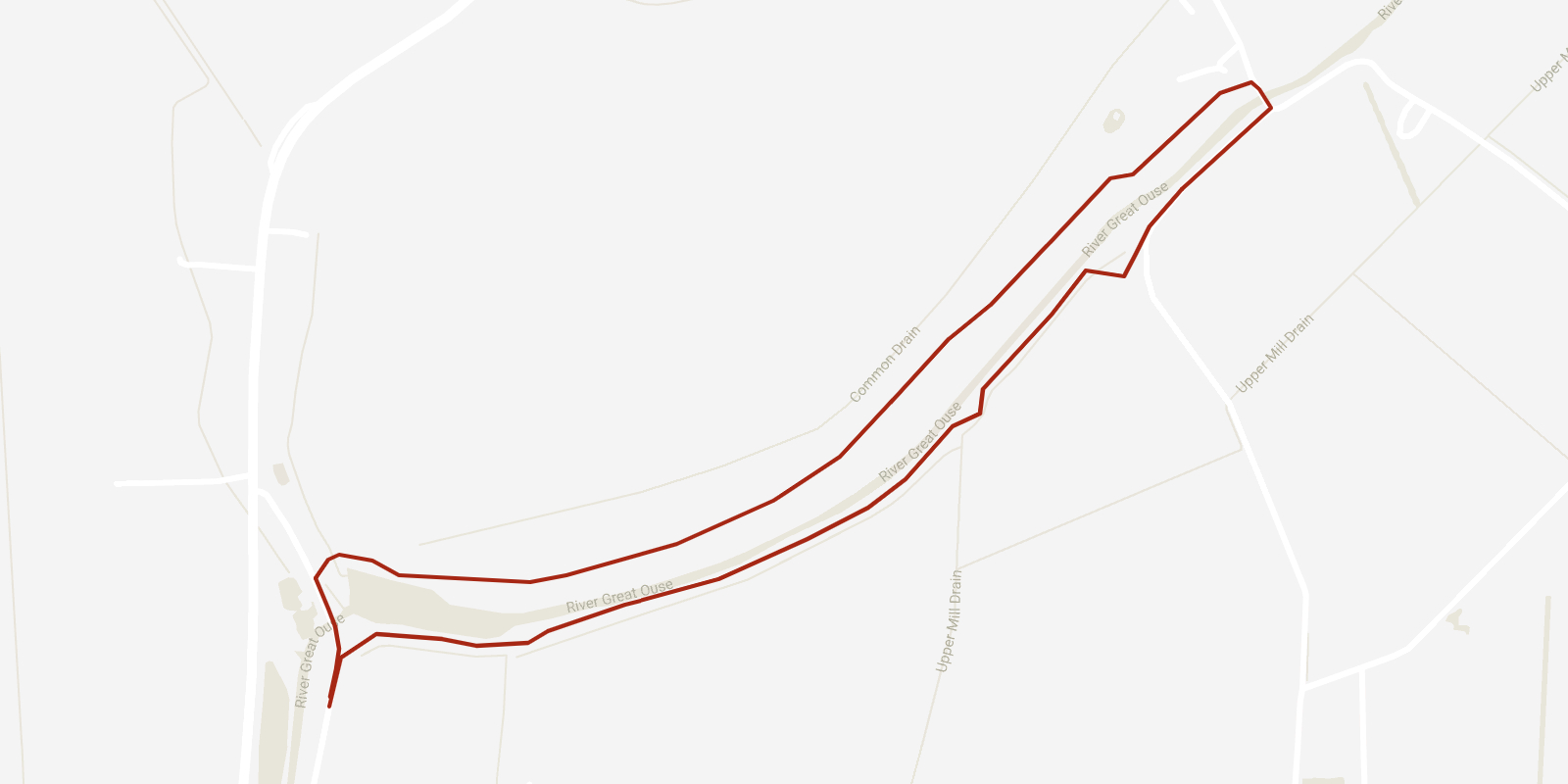
Some day the earth will weep,
she will beg for her life,
she will cry with tears of blood.
You will make a choice,
if you will help her or let her die,
and when she dies, you too will die.
John Hollow Horn, 1932
(Cited Wilson, 2007)

My heart sunk at the sight of the flooded Great Ouse merging with the Stretham lake, the lapping water picking up discarded man-made debris that will be swept inexorably out to sea. Coupled with this the whistling wind sounded as if it was bugling Nature's last post.
Conversley, the sight and sounds of Swans, Reed Buntings and Pied Wagtails lifted my heart and gave me hope for a better future.
“We receive around 5,000 calls a year regarding litter and unfortunately, our wildlife are the main victims when it comes to people's rubbish - particularly wild birds.”
RSPCA
Below I have mapped what litter I discovered and I have included a few scenic photos of the walk. Click the icons to view the photographic evidence and click the thumbnail to enlarge. Zoom in to click clustered icons and scroll to explore.
Wilson, J. (2007) The Earth Shall Weep: A History of Native America. Grove/Atlantic, Inc.
“At least 8 million tons of plastic end up in our oceans every year.”
IUCN
